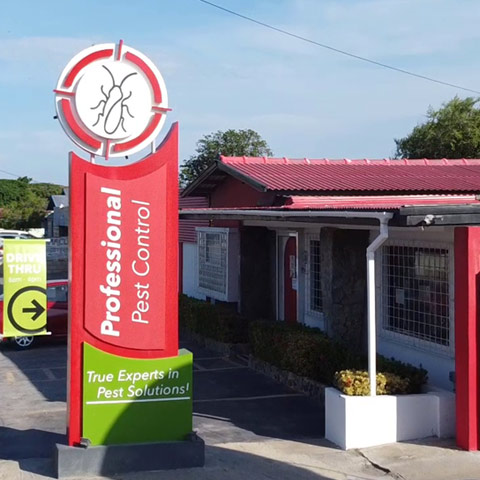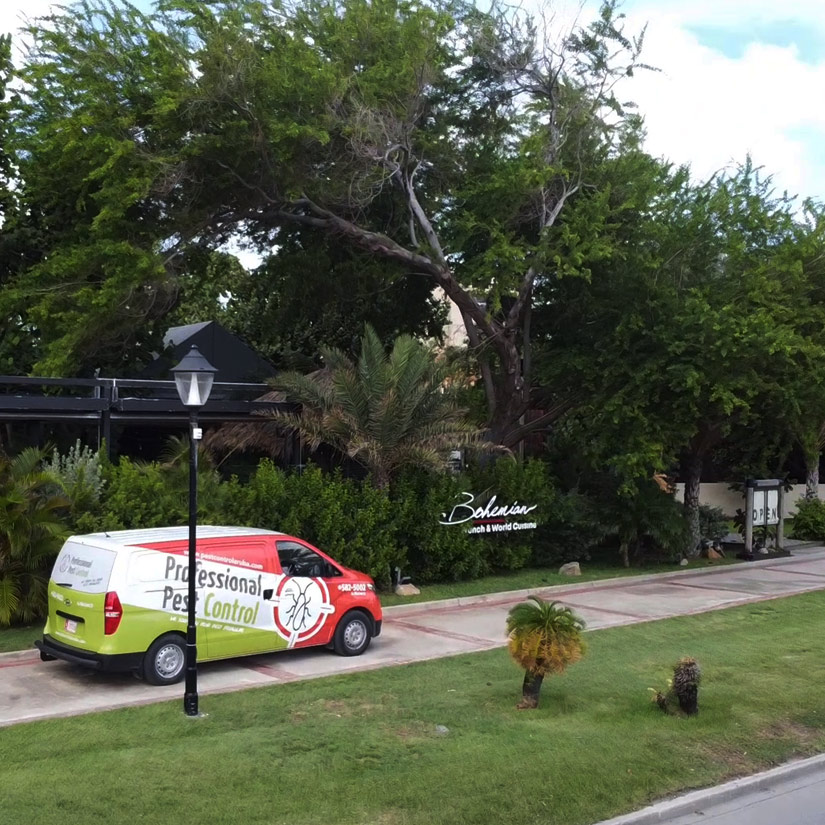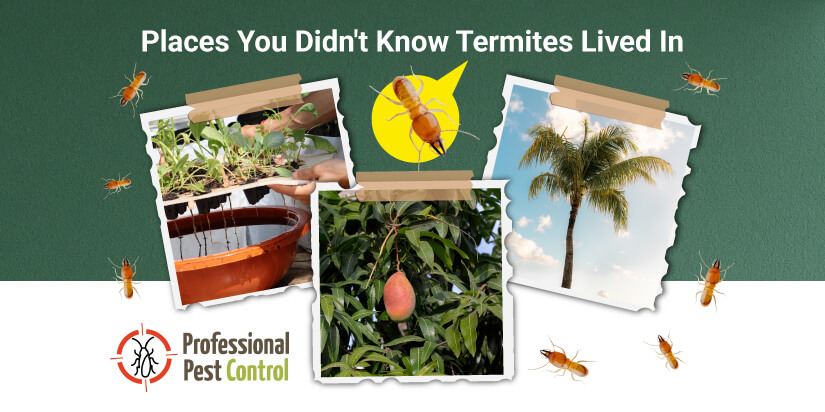When we think of termites, we imagine them hiding underneath the structures of a house, but did you know they can also pick other unusual places as their habitat?
The reason why they might pick a different spot outside your home is that they have found a good source of food. I’m not saying your cabinets and walls are not a good snack for them, but sometimes termites prefer damper areas like your garden.
There is one ingredient that termites love, CELLULOSE! Which happens to be the main component of trees, shrubs, woody plants, roots, and other plants with hard bodies.
Places in Your Garden That Could Have Termites
Certain Garden Plants
Termites don’t usually go for garden plants, however, pots and garden beds provide an ideal nesting ground for them due to the damp soil and continuous watering.
Some Types of Trees
Fruit trees, such as mango trees, citrus, and peach trees are most susceptible to termite attacks. Let’s not forget about Palm trees, like foxtails, which seem to be Subterranean termites’ favorite dish.
Also, they prefer any kind of rotten wood that has become infested with fungi.
Hydroponic Crops
Termites love humidity, which is why they love Hydroponic crops, which involves cultivating plants, usually crops, without soil, by using water-based mineral nutrient solutions.
Are Termites Harmful to Plants or Trees in Your Garden?
The short answer is YES! Termites would eat and destroy anything that contains cellulose. This means that if they find an appealing tree in your garden, termites won’t only chew the bark off the tree, but also damage the inside of it.



